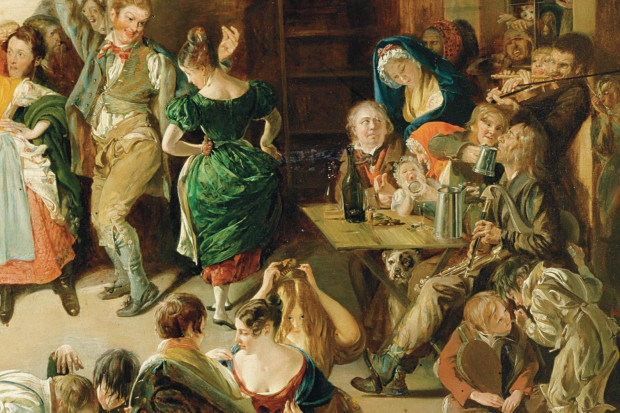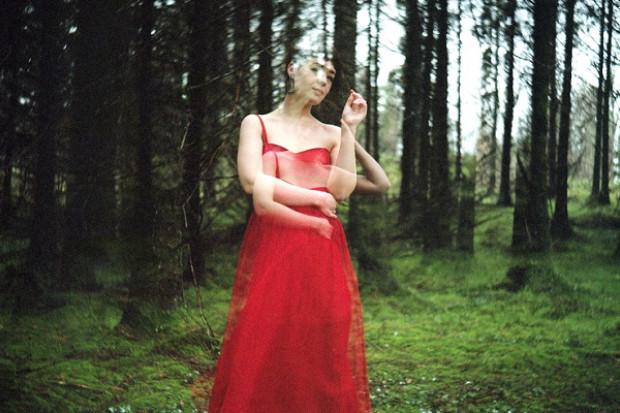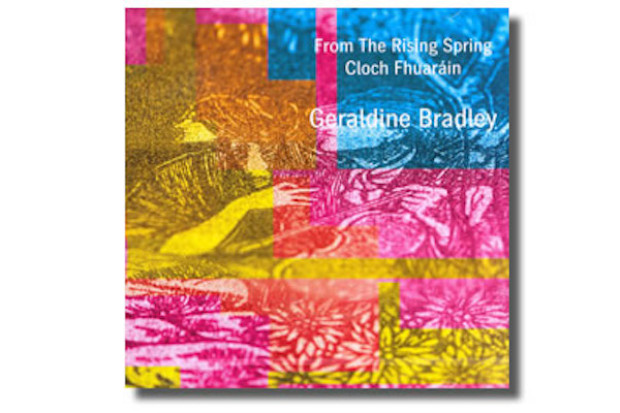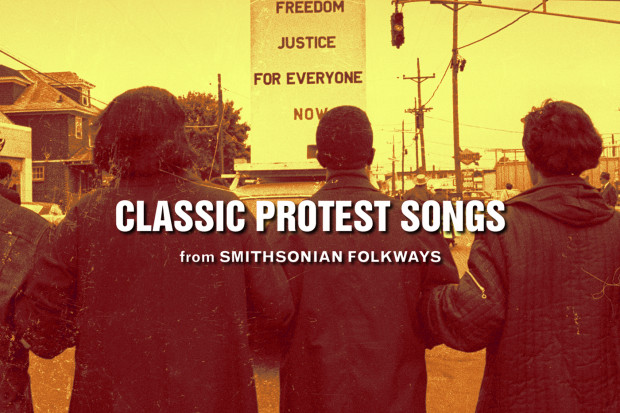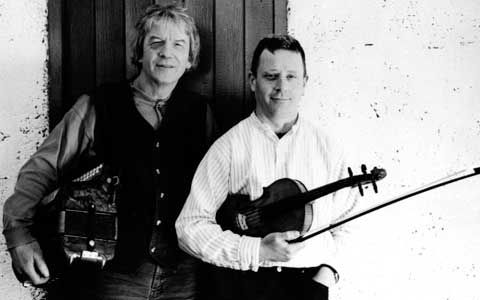
The Princes of Serendip
According to the Shorter Oxford English Dictionary, serendipity is derived from Serendip, said to be a former name of Sri Lanka, and was formed by Horace Walpole after the title of a fairy tale, Three Princes of Serendip, the heroes of which were ‘always making discoveries, by accidents and sagacity, of things they were not in quest of’. Serendipity is a supposed talent for the making of happy and unexpected discoveries by accident or when looking for something else; or such a discovery.
Note the tentative ‘said to be’ and ‘supposed’. Behind the word lies a complicated and sometimes speculative history too long to detail here, but some of its ramifications can be found in an article on the internet by Richard Boyle – Google his name together with ‘Serendip’ and you should find it. Some years ago, when writing a novel called Shamrock Tea, I discovered that Walpole might well have read the cited ‘fairy tale’ in an English translation of a French text, Voyage des Trois Princes de Serendip, which was itself a translation of an Italian translation made by an Armenian of an alleged Persian original.
My novel turned out to be itself a serendipitous journey as one piece of research led to another and to yet another; it seemed to take its own course; and it seemed to me then as it does now, that the process was not unlike the way that in a traditional music session one piece of music leads to another by a complex web of personal associations and interpersonal negotiations. Everyone’s experience of tunes is different, and we attach different memories to them. I happen to be fond of the reel ‘The Maids of Mount Cisco’ because I think, though I might be wrong, that I first heard it in pleasant circumstances from my wife Deirdre; but when I strike it up in the session, I know Bernie the fiddle-player is likely to give a theatrical groan, because some years ago when he was playing it elsewhere, a certain flute-player well-known to both of us knocked a pint of Guinness into his lap. Every time I hear the jig ‘Maho Snaps’ – so called because its rhythm is supposed to echo a bumpy stretch of bog road in the townland of Maho on the banks of Lough Erne – I think of its source, the fiddle-player Mick Hoy, and the tune then sometimes sparks off anecdotes about Mick, who was himself a fount of anecdote, tall tales and songs as well as tunes. So one thing leads serendipitously to another. A hinterland of possibility lies beyond the music, or is integrally and dynamically connected to it.
I had intended to devote the whole of this article to a cursory study of how the internet, that serendipity engine par excellence, can lead one to find things one would otherwise not have known. One such chain of association, hit upon when I was researching the subject of the previous article in this series, Richard Henebry, went as follows: Henebry asserted that Patsy Tuohey’s rendering of ‘The Shaskeen Reel’ was a far bigger human achievement than the Brooklyn Bridge; the building of the Bridge occasioned many accidents, explosions among them, in which many Irish workers were killed, and Irish workers protested at the opening of the Bridge because it coincided with the birthday of Queen Victoria; the fiddle-player Packie Dolan, originally from Longford, was one of some seventy workers killed in an explosion on board a ferry bound for Riker’s Island in New York’s East River in 1932; and the playing of both Patsy Tuohey and Packie Dolan can be found on an LP called The Wheels of the World, named for a tune which I first heard from Deirdre.
I had, as I say, intended to pursue these connections further, when last week I was led by chance or serendipity to take another tack. As it happened, my son Gerard announced one evening that a Facebook friend had asked him if I could ring the accordion player Charlie Piggott, whom I hadn’t seen for some years. Gerard’s friend, as the song has it, had fallen in love with a Galway girl, and it was in Galway that he bumped into Charlie, who asked him if he, as someone from Belfast, knew me; he didn’t, but knew a Gerard Carson, and thought that I might be his father. Charlie gave Gerard’s friend his phone number; Gerard passed it on to me, and I duly rang Charlie. It turned out that he had a little bone to pick with me: a gentle reminder that my mention, in a previous Journal of Music article, of a wonderful recording of Martin Rochford’s fiddle playing given to me by the accordion player Máirtín O’Connor, was inaccurate. It was Charlie who had given me that recording some ten years or more ago. Needless to say, I was mortified. How could I have got it wrong? When I thought of it, I seemed to half-remember that I might have been talking to Máirtín about it some years later, and that he, knowing it, had waxed so lyrical about it that I then associated it with him; but perhaps that is only a retrospective half-justification of my lapse of memory, a complete invention.
Memory works in strange ways: I now remember hearing, some years ago, the Austrian banjo-player Max (whose second name I can’t remember) playing me a lovely, vaguely reminiscent hornpipe, and when I said, ‘Lovely tune, where did you get it from?’ he replied, ‘From you, Ciaran.’ As often happens, he had subtly changed the tune from when I had played it to him, or maybe I had changed it since, or both of us had diverged from my original playing of it, who knows? All I knew was that I had got it from a record by Josie McDermott, and that I couldn’t remember its name. I might not even have got the tune right initially. And so I am always just that little bit suspicious of attributions; and though of course there are musicians with memories far better than mine, one must always consider that memory is more of a narrative, a plausible story, than an exact recording of events or circumstances. We join up the dots or the blurs, if we can, in a way which seems to make sense to us.
At any rate I am moved to consider the lovely playing of Charlie Piggott. I remember especially his ‘Winnie Hayes’ Jig’, which I first heard when he played it on a tour of the North of Ireland I organised some ten or fifteen years ago. Any time I hear it being played by others, I am reminded of him. It can be found on his CD with the fiddle-player Gerry Harrington, The New Road. And I believe, though my memory might serve me ill again, that I first came across that CD when I was visiting the flute-maker Sam Murray from Belfast, whose workshop for some years has been in the Old Forge, New Road, Galway.
You have just read the last piece in this series or string of musical connections, which has attempted to segue from one subject to another in the manner of the musical serendipity encountered in a good session. But all good sessions come to an end. The barman calls time for the third or fourth time. Instruments are returned reluctantly to their cases, the catches snapped back in place. The musicians get up in ones and twos and threes and drift out into the silent night. Handshakes are given, farewells made. Until the next time.
Published on 1 April 2010
Ciaran Carson (1948–2019) was a poet, prose writer, translator and flute-player. He was the author of Last Night’s Fun – A Book about Irish Traditional Music, The Pocket Guide to Traditional Irish Music, The Star Factory, and the poetry collections The Irish for No, Belfast Confetti and First Language: Poems. He was Professor of Poetry at Queen’s University Belfast. Between 2008 and 2010 Ciaran wrote a series of linked columns for the Journal of Music, beginning with 'The Bag of Spuds' and ending with 'The Raw Bar'.













